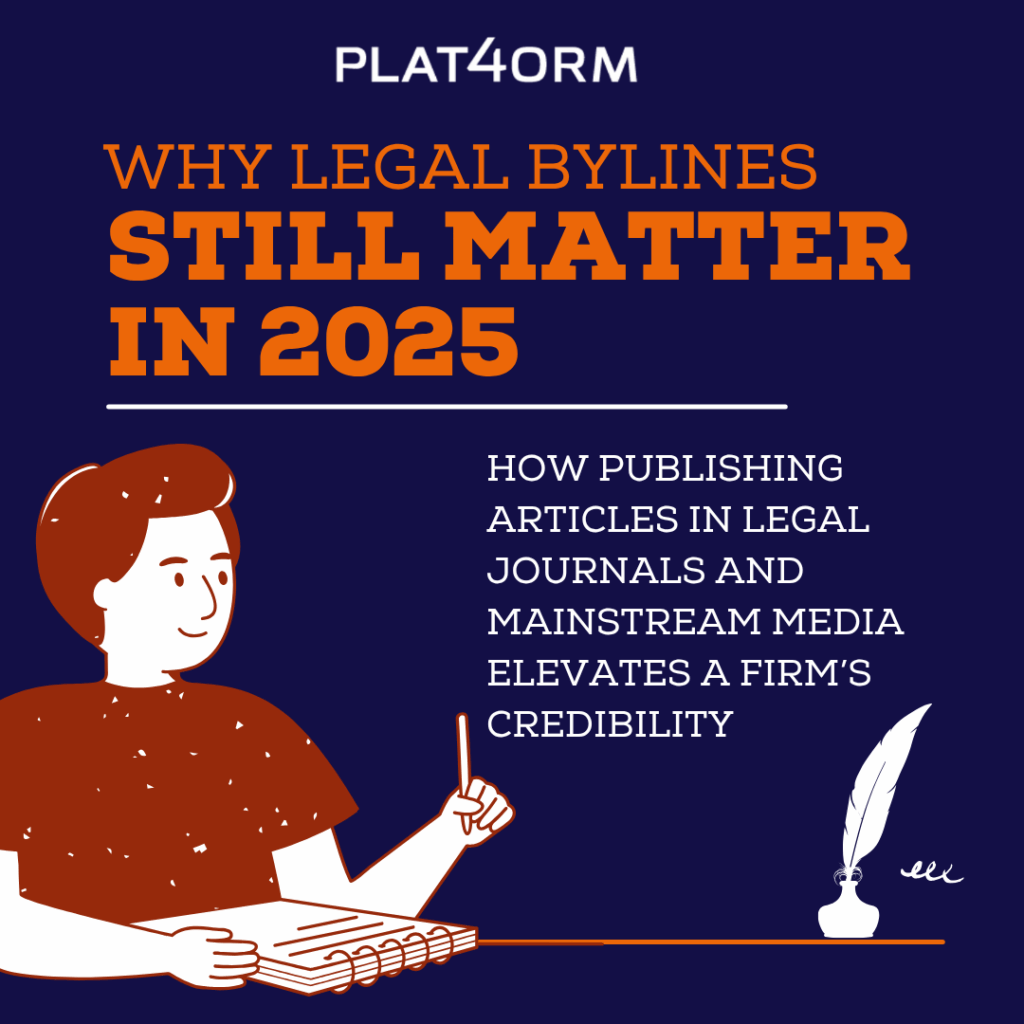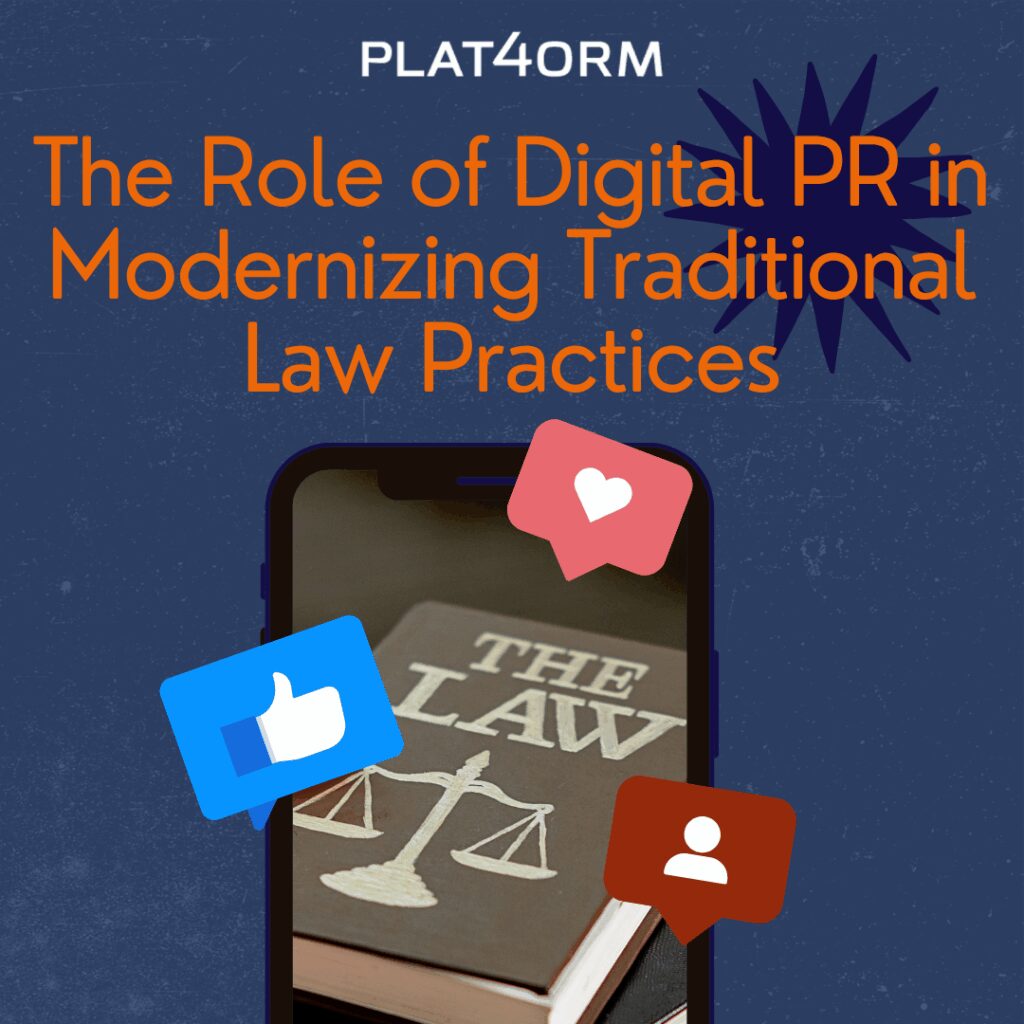
On October 10, Plat4orm’s Principal Valerie Chan presented at TEDx Farmingdale on “Reawakening the Senses During COVID”. The following two-part blog details her experience preparing to give a TEDx Talk.
For many years I wanted to create a TED talk focused on building a new culture that bridges the gap between online and offline worlds. I never thought COVID would be the accelerator that would allow me to be accepted.
And yet, here we are. On October 10, I officially became a TEDx speaker. I learned so much along the way—how to present myself and how to tell a good story that builds to a crescendo. In this two-part post, I’ll share with you how I got here.
In the communications world, we talk often about the importance of good storytelling. The reality is that being a good storyteller is different in different mediums. Just because you are a good storyteller in one format (sharing single images on Instagram) doesn’t mean that you are good in another (creating a long-form movie). The same is true of writing: You may be an excellent pitch writer but awful in formats that require telling an organization’s story.
Becoming a TEDx speaker requires you to present your one brilliant idea in a relatively long-form format—less than 18 minutes, and ideally from eight to 12 minutes. In the process, you showcase your personal story, maybe add a bit of research or science, and then present clear steps that will spur people to take action. You don’t need to be a scientist, a lawyer, a data physicist, or even super-educated. You just need an impactful idea that can inspire people to feel more alive and more engaged as they go about their daily lives.
GETTING ACCEPTED IN TEDX
Disclosure: I worked with a coach to get accepted into TEDx and participated in a community where the goal was to get accepted. Thousands of people globally want to speak at TEDx conferences to share their messages. Getting accepted to TEDx is about carefully developing a single “idea worth spreading”. It sounds so simple, I know, but unless you have an original and compelling idea, most TEDx conferences won’t accept your submissions. Much like PR pitches, each conference organizer gets hundreds of submissions they must narrow down to just a handful of presenters. They don’t care whether a potential speaker is a famous painter, an engineer, or a college student. It’s all about having a good idea—not a concept, a pitch, or a business model—and the concept must fit the theme of the conference and be compelling and timely enough to provide a tangible, lasting benefit to listeners.
RESEARCHING & WRITING
The next step is weaving together the research and the bite-size content that you want to communicate around your idea—your inspiration and your passion—into something tangible that is easily digestible so that the 22.3 million viewers can really hear your message and can feel what you’re saying within their entire body (not just their mind).
In effective storytelling, you need to be inspired by what you are saying and relate to each word. In fact, writing about my chosen subject, “Reawakening the Senses During COVID,” took on a life all its own. Through research and multiple drafts, the angle changed many times and I had more packed into my original talk than I could possibly cram into eight to 12 minutes.
I wanted to talk about how technology can be a positive bridge from the online to the offline world, and how to create and shape a new culture based on that premise. I wanted to discuss the development of touchless technology where you can “feel” the person you’re talking to. I wanted to explain how positive psychology, mindfulness, audio therapy, movement and memorization impact can re-pattern brains and ultimately enhance both corporate and individual environments.
Yet most of this didn’t make it in the final draft. Instead, I used my deep personal experience from an accident I had seven years ago to bring these concepts to life and relate them to how people are suffering from COVID, in part because they don’t have access to the tools or research needed to thrive.
In total, the original speech was approximately 10 pages long, single-spaced, in 12-point text. This got pared down to nine pages in 16-point text with cues to audio/visual for slides. I took out the bits that didn’t make sense—where I was too much in my head or where the text didn’t add to the story.
To communicate what we can learn to create and how we can be inspired, I used one of the storytelling concepts that we teach in media training: the “hero’s journey,” which involves a venture from the known to the unknown, a decisive crisis and a final transformation. When you wrap your story around the structure of the hero’s journey, people pay attention. People lean into what you are saying. You leave your audience with thoughts that they didn’t dare think of before. You inspire them. This is the format I chose to tell a compelling story.
In Part 2 of this post, I’ll describe in more detail how I prepared to deliver my TEDx talk, and how I managed the actual presentation.
Valerie Chan is principal and founder of Plat4orm. Email her at valerie@plat4orm.com.

